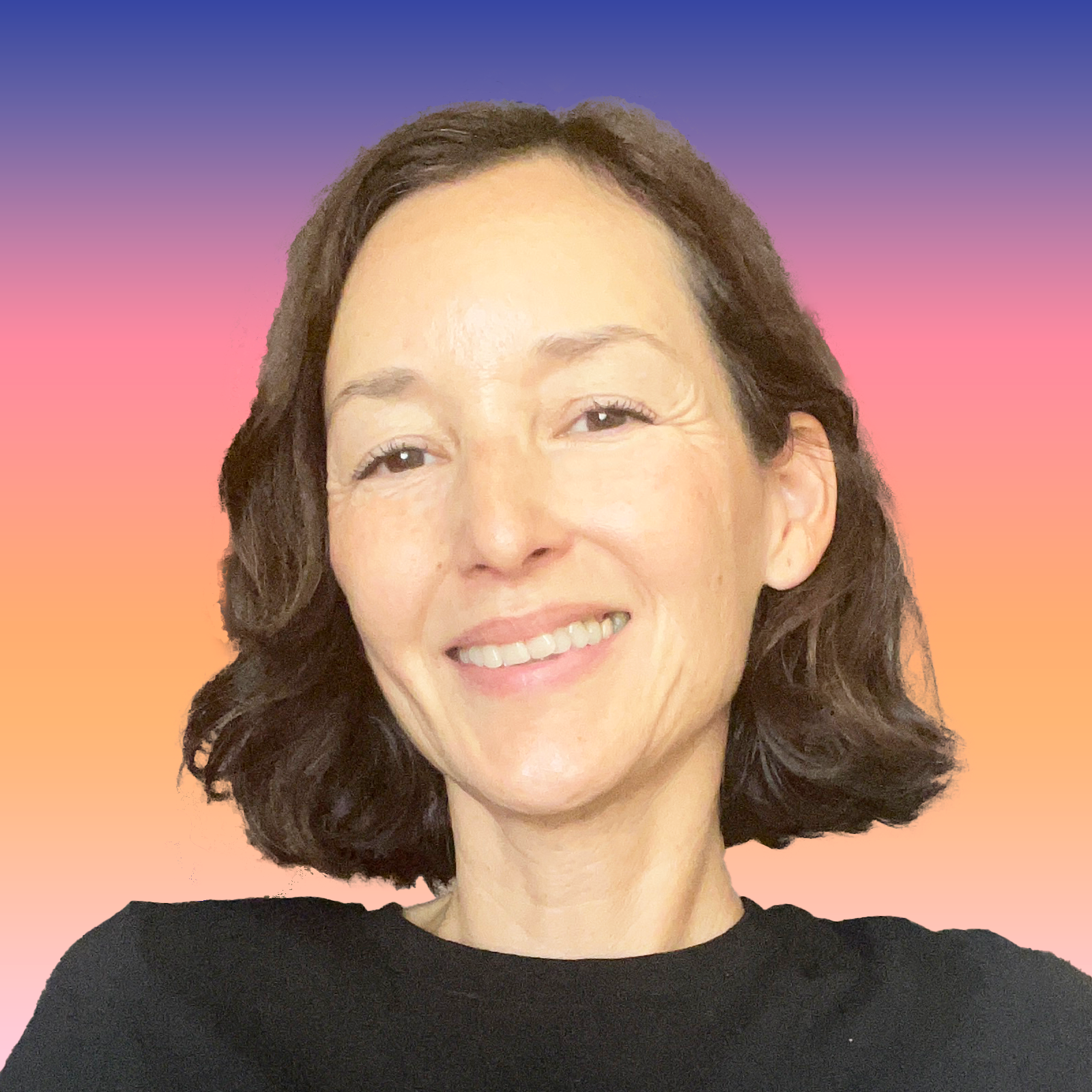By Monica Fernandez, a visual artist and art administrator
The Absurd Hierarchy of Culture is meant to consider ideas of value within the context of the human experience and the profound contradictions and arbitrary value systems embedded in the arts.
Artist Statement
Interested in the tension between truth and memory, observation and perception, Monica’s work investigates the inner chatter of inherited untruths and the archaic social beliefs she was born into. Her work, approached as forms of documentation through drawings and mixed media, is a pragmatic attempt at recognizing the fallacies of how we live to instead uphold the reverence and awe in each of us.
As an artist, immigrant, and POC, I have been deeply entrenched in the nonprofit arts world that preaches inclusivity and diversity as essential ingredients in our work. My experience has shown me it’s a field jam-packed with contradictions low brow art vs brow art, fine art vs craft, museums vs community centers, MFA’s vs self-taught artists. These contradictions assign value to the creative expression of people by using a set of arbitrary rules, establishing which artists are valuable enough to collect, whose work is esteemed enough to preserve, and what form of creative expression is good enough to consider art at all. The arts have the power to hold and represent what words cannot, and they absolutely have the force humanity needs to heal and find resolve. However, until we question how our art spaces operate, the peering head of white supremacy and donor-centric culture that emerges will continue to exclude POC, and LGTBQ+ communities, further stigmatize people with disabilities, and silence the lived experiences of people living untraditional, unorthodox lives.
The Absurd Hierarchy of Culture is meant to consider ideas of value within the context of the human experience and the profound contradictions and arbitrary value systems embedded in the arts. When the spaces responsible for holding the artifacts and self-expression of communities assert exclusivity, who is left out? Who is invited in? And who decides? If artists are only worthy when they’ve claimed a particular space, what are the implications for artists who don’t? When we honor the life experience of people, regardless of class, education, race, ability, or socio-economic realities, we uplift a belief that all human expression is valuable and deserves to be championed as part of who we are as a broader community.


Monica Fernandez
Monica (she, her, ella) is a visual artist and arts administrator. She has dedicated the last 15 years to helping artists and arts organizations build a solid infrastructure to boldly assert their massive contributions to society. Her work has shaped exhibitions, arts education programs, access and inclusion initiatives, community-building efforts, and professional development programs. Monica earned an undergraduate degree in Studio Art from California State University, Long Beach, and a Masters in Arts Management from Claremont Graduate University.
Motivated by the idea of building a more supportive arts field, Monica formed Arts Plotter – a management service firm for organizations and creatives seeking specialized support so they can focus on the work only they can do. Her clients include artists, non-profit organizations, municipalities, and creative entrepreneurs whose work centers around equity, racial, and economic justice.
When she’s not working, Monica spends her time listening to one too many podcasts, drawing to think, and looking for things to take apart, only to rebuild them as something new. Monica is from Lima, Perú, and lives in Claremont, California, occupied territory of the Serrano and Tongva peoples.
Discover more from CCF
Subscribe to get the latest posts sent to your email.

